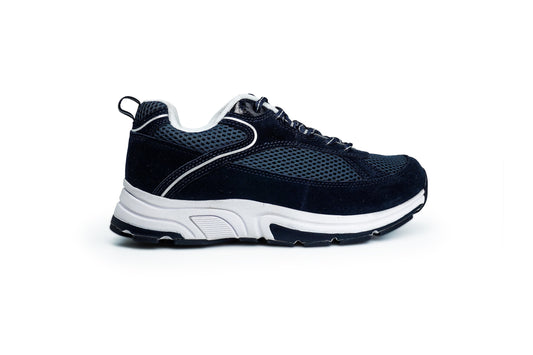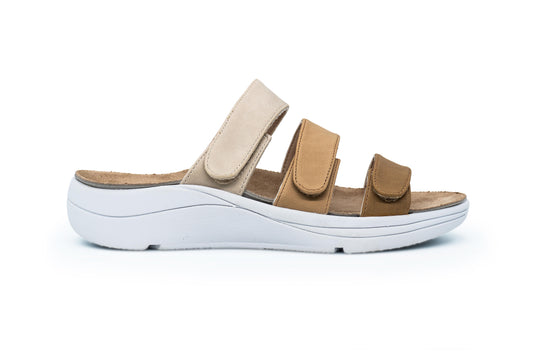Understanding the Distinctive Benefits of Diabetic Shoes Over Regular Footwear.
Understanding the Distinctive Benefits of Diabetic Shoes Over Regular Footwear
Living with diabetes requires careful attention to various aspects of health, and foot care is no exception. Diabetic individuals, in particular, face unique challenges when it comes to maintaining optimal foot health. One crucial aspect of diabetic foot care is the choice of footwear. In this blog post, we will delve into the key differences between diabetic shoes and regular shoes, shedding light on why the former is essential for individuals managing diabetes.
What Sets Diabetic Shoes Apart?
1. Enhanced Comfort and Support:
Diabetic shoes are designed with extra cushioning and padding to provide superior comfort. This is especially important for individuals with diabetes, as they may experience reduced sensation in their feet due to neuropathy. The additional padding helps prevent pressure points and minimizes the risk of developing ulcers or sores.
2. Seamless Construction:
Unlike regular shoes that may have seams and stitching on the inside, diabetic shoes are often constructed without seams. This design feature eliminates potential points of friction and irritation, reducing the likelihood of blisters and sores. Individuals with diabetes are more prone to slow-healing wounds, making seamless construction a crucial element in preventing complications.
3. Wider Toe Boxes:
Diabetic shoes typically feature wider toe boxes, allowing for better circulation and reducing the likelihood of developing corns and calluses. The spacious design accommodates any foot swelling that may occur, providing a comfortable and supportive fit throughout the day.
4. Breathable Materials:
Proper ventilation is essential for preventing moisture buildup and maintaining a healthy environment for the feet. Diabetic shoes often incorporate breathable materials that help regulate temperature and reduce the risk of fungal infections.
5. Adjustable Closures:
Diabetic shoes commonly come with adjustable closures, such as Velcro straps or laces, allowing for a customizable fit. This feature is particularly beneficial for individuals with varying degrees of foot swelling, ensuring that the shoes can be easily adjusted to accommodate changes in size.
The Importance of Diabetic Foot Care
Individuals with diabetes are at an increased risk of developing foot complications due to factors such as poor circulation, neuropathy, and a higher susceptibility to infections. Proper foot care, including the choice of appropriate footwear, plays a pivotal role in preventing serious complications like ulcers and amputations. By investing in diabetic shoes, individuals can proactively manage their foot health and reduce the risk of diabetic-related foot problems. These specialized shoes are not just a comfort-driven choice; they are a crucial component of a comprehensive diabetes management plan.








